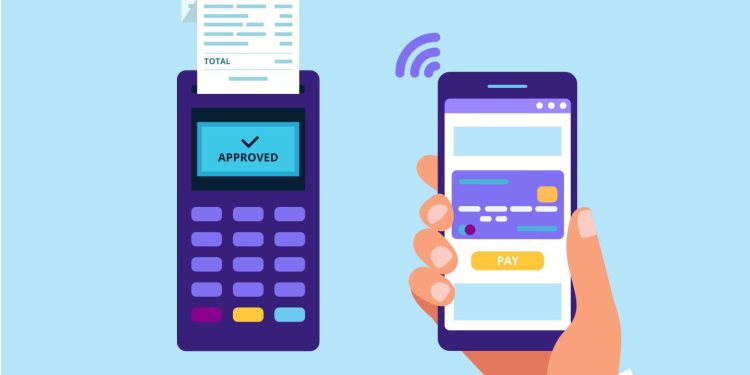Lloyds Bank data shows that consumers in the United Kingdom use contactless payments in nearly 90% of face-to-face payment transactions, an increase from 65% prior to the onset of the Covid-19 pandemic. The results in the U.K. are also above what other studies have indicated for other countries. Karl Flinders of Computer Weekly highlights the findings of the bank:
“According to the numbers from the UK bank, 65% of face-to-face payments were made using contactless debit cards in June 2019, in the early stages of the pandemic – but by June 2022, this had reached 87%. The bank said that in June 2020 the proportion of face-to-face payments made by contactless debit cards was 72%, and in June 2021 it was 83%.”
Use in the U.K. is advantaged by the county’s position as an early adopter of contactless payment technologies, especially in low value transactions that demand convenience in processing the payment, which has given confidence to increase limits over time, as Flinders explains:
“Contactless cards were first made available in the UK in 2007. Back then, there was a £10 spending limit. That limit increased to £30 by 2020, but has seen significant increases during the pandemic. It was increased to £45 in April last year, and now it is £100.”
The data from the UK compares similarly to Mercator’s research into payments for Canadian consumers where 86% of consumers used a chip card for a transaction and 81% had used a tap-to-pay card in 2021. In contrast, contactless payments did not fully launch in the United States until 2015 with the U.S. launch of EMV. This paved the way for chip and signature transactions ahead of the eventual further expansion to fully contactless tap-to-pay transactions utilizing Near Field Communications technology. With the late start, Mercator’s North American Payments Insights research indicates there is considerable acceleration in use of contactless payments, but not at the levels of the UK. Our research shows that 45% of Americans use tap-to-pay, with roughly half starting because of the pandemic. In addition, 73% use chip payments, which were already more ubiquitous before the pandemic, as only 14% of those surveyed began using chip cards because of the pandemic.
The increase of use, especially of tap-to-pay was aided in most geographies by the easy transition of card methods, as a simple transition versus a blunt change in a move to a mobile payment. The Computer World article adds more details:
“Covid-19 spurred the take-up of contactless. When the pandemic took hold, people were told to limit physical contact, including reducing their use of cash. Contactless payment technology, as the name suggests, was an ideal replacement for cash because, unlike mobile phone payment apps, most people already used payment cards. This led groups of people such as the elderly, usually slow to adopt the latest technology, to take it up.”
As consumers continue to move further into mobile payments, there is a likely expectation that contactless card payments become completely ubiquitous in all geographies, with similar adoption curves of mobile spreading as use is further accepted.
Overview by Jordan Hirschfield, Director of the Prepaid Advisory Service at Mercator Advisory Group.











